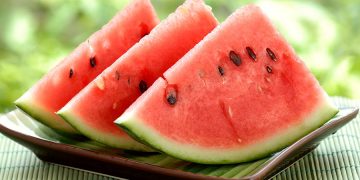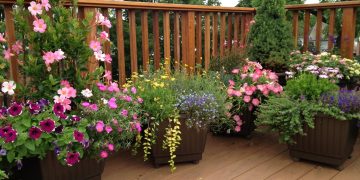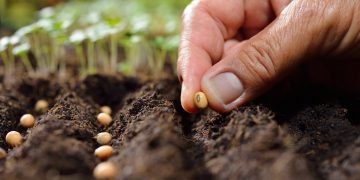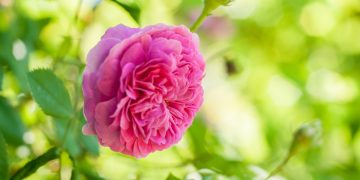Mulching – If you have any tender perennials that will need extra protection during the winter, you can use mulch as a winter garden cover. Leaves, pine needles, and other organic materials are the best mulch for winter protection. To cover plants with leaves for winter, you can simply rake them into the garden bed if you have enough to cover everything. Otherwise, you can just use them to cover specific plants if you’d rather.
Weeding – Fall is the perfect time to weed your gardens! Once the plants die back, and you start cleaning up your gardens, it’s easier to see the weeds that have been hiding all summer. Water the soil a few hours before you plan to weed your garden. This will soften up the soil and make pulling the weeds much easier.
Amending the soil – Fall is the best time to add soil amendments to your garden beds. Compost is a great amendment for any soil type, and a wonderful way to refresh your soil. But before you add any other soil amendments, be sure to test the soil so you know exactly what it needs. It’s easy to do with a home soil test kit.
Watering – It may seem silly to worry about watering plants in the fall when they’re going dormant. But keeping plant well hydrated in the fall is actually a super important step for winterizing gardens, especially if there’s a drought. Watering plants in the fall gives them a much better chance to survive the winter.

Cut back aggressive self-seeders – Next, I focus on cutting back plants that are aggressive self-seeders (black-eyed Susan and other rudbeckias, liatris, butterfly weed…etc). These plants can sometimes become weeds if they end up seeding themselves everywhere. Cutting them back in the fall saves me hours of weeding out unwanted volunteers every summer. Of course, if you want those volunteers in your garden, then you can take this item off your checklist.
Clean out dead annual plants – Once a hard freeze has killed everything in my annual flower beds, I pull all of the plants out by the roots and toss them into the compost bin. Some years I’m too busy to pull them all in the fall, so I’ll clean up the rest in the spring. Don’t worry, there’s no harm in leaving dead annual plants in the garden until spring.
Destroy diseased plant material – Don’t put any diseased plant material into your compost bin though. Any vegetable plants that had disease issues like blight or powdery mildew should be thrown into the garbage or burned to destroy the pathogens. This is a super important step for safely winterizing gardens, and will help prevent recurring disease outbreaks in your vegetable garden.
Rake leaves off the lawn – Allowing leaves to sit on the lawn all winter could leave dead patches in the spring. So it’s important to rake the lawn in the fall to remove all of the leaves. Leaves are great to use as natural mulch for your vegetable garden, around your perennials, or as an addition to the compost bin. You can also mulch them into the grass using your lawn mower if you don’t want to rake, which adds wonderful nutrients to the grass.
Clean out dead vegetable plants – In order to prevent diseases like blight from overwintering on plant material, it’s super important to remove the plants from your vegetable garden in the fall. So, after the first freeze has killed off your garden, be sure to remove all of the dead vegetable plants as your top priority.














